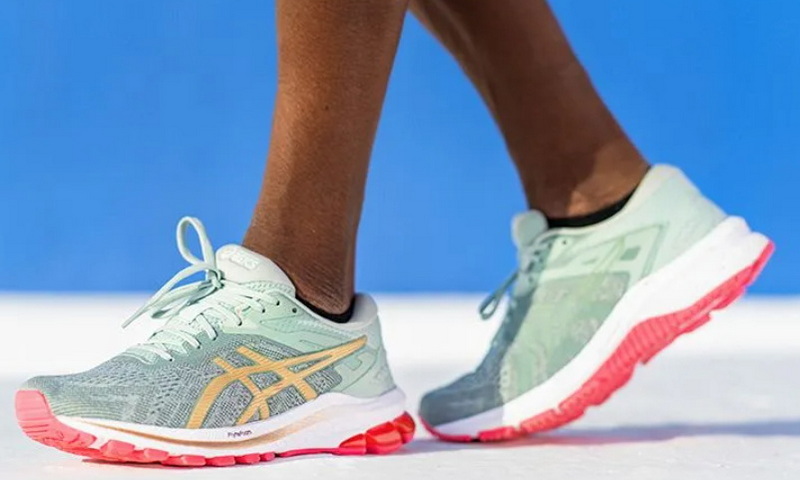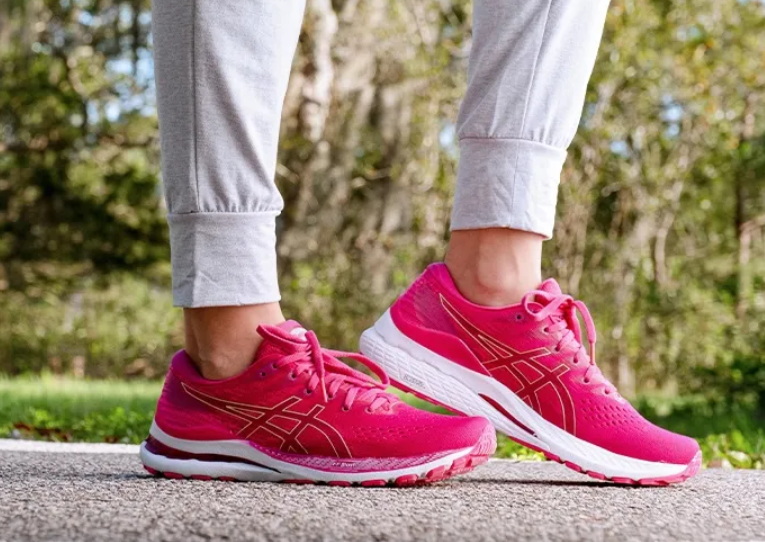Content Menu
● Key Differences Between Men's and Women's Running Shoes
>> 1. Foot Shape
>> 2. Cushioning Density
>> 3. Gait Mechanics
>> 4. Width and Sizing
● Why Would Women Consider Wearing Men's ASICS Running Shoes?
>> 1. Wide Feet
>> 2. Larger Sizes
>> 3. Specific Performance Needs
>> 4. Availability of Styles
● Potential Drawbacks of Wearing Men's Running Shoes
>> 1. Fit Issues
>> 2. Reduced Biomechanical Support
>> 3. Limited Colorways
● Tips for Choosing the Right Shoes
>> 1. Try Before You Buy
>> 2. Check Width Options
>> 3. Consider Gender-Neutral Models
>> 4. Prioritize Comfort Over Style
>> 5. Consult an Expert
● Additional Considerations: Gender-Neutral Trends in Running Shoes
● Conclusion
● FAQs
>> 1. What are the main differences between men's and women's ASICS running shoes?
>> 2. Can women wear men's ASICS running shoes for long-distance races?
>> 3. How do I convert women's sizes to men's sizes?
>> 4. Are there unisex ASICS running shoe options?
>> 5. Why do women's running shoes have softer cushioning?
Running shoes are not just a fashion statement; they are an essential tool for athletes and casual runners alike. The right pair of shoes can make a significant difference in performance, comfort, and injury prevention. ASICS, a renowned brand in the running shoe market, designs gender-specific shoes tailored to the anatomical differences between men's and women's feet. However, a common question arises: Can women wear men's ASICS running shoes?

Key Differences Between Men's and Women's Running Shoes
To understand whether women can wear men's ASICS running shoes, it is essential to first examine the differences in design between gender-specific models. These differences are rooted in anatomical variations and biomechanical needs.
1. Foot Shape
The shape of men's and women's feet varies significantly. Women typically have narrower heels relative to their forefoot compared to men. As a result, men's running shoes are designed with a wider heel and toe box. For women wearing men's shoes, this may lead to heel slippage or instability during runs.
2. Cushioning Density
Men generally weigh more than women on average. To accommodate higher impact forces during running, men's ASICS shoes feature denser cushioning. Women wearing these shoes might find the cushioning excessively firm, which could reduce comfort and shock absorption.
3. Gait Mechanics
Women have distinct gait patterns due to anatomical differences such as wider pelvises and fluctuating arch heights influenced by hormonal changes. ASICS incorporates gender-specific technologies like Space Trusstic Systems in women's models to support these unique biomechanics. Men's models lack such features, which may affect performance for female runners.
4. Width and Sizing
Men's running shoes typically have a standard width labeled as "D," while women's medium width is "B." This difference means that even if the length fits perfectly, the width might feel too roomy for women with narrower feet.
Why Would Women Consider Wearing Men's ASICS Running Shoes?
Despite the structural differences between men's and women's running shoes, there are certain scenarios where women might opt for men's models:
1. Wide Feet
Some women have wider forefeet that may not fit comfortably into standard women's running shoes. Men's ASICS models often provide a broader toe box that can accommodate wider feet without causing discomfort.
2. Larger Sizes
Women's running shoe sizes typically max out at smaller lengths compared to men's options. Women with larger feet may find it challenging to locate their size in women's models and turn to men's shoes as an alternative.
3. Specific Performance Needs
Certain female runners prefer firmer cushioning found in men's models for activities that involve heavier impact forces, such as long-distance races or trail running. The denser cushioning can provide added durability during high-impact activities.
4. Availability of Styles
In some cases, women may prefer the design or color options available in men's ASICS models over those offered in women's styles.
Potential Drawbacks of Wearing Men's Running Shoes
While there are benefits to wearing men's ASICS running shoes, it is important to consider potential drawbacks:
1. Fit Issues
The wider heel and toe box in men's shoes can cause instability for women with narrower feet. This instability may lead to discomfort or injuries such as blisters during prolonged use.
2. Reduced Biomechanical Support
Men's running shoes lack features tailored to women's unique gait mechanics, such as adjusted arch support or softer forefoot cushioning. This could negatively impact performance or increase the risk of injury over time.
3. Limited Colorways
Men's shoe designs often come in fewer color options compared to women's models, which might not appeal to all buyers seeking aesthetic variety.

Tips for Choosing the Right Shoes
If you're considering wearing men's ASICS running shoes as a woman, here are some practical tips to help you make an informed decision:
1. Try Before You Buy
Visit a store to test the fit and feel of the shoe before purchasing it. Ensure that there is no excessive movement inside the shoe and that it feels secure during walking or jogging.
2. Check Width Options
Some men's models offer narrower widths (e.g., "D" for women), which can provide a better fit for female runners with slimmer feet.
3. Consider Gender-Neutral Models
Some brands now offer unisex designs that balance features for both genders. These models often cater to runners looking for versatile options without compromising on comfort or performance.
4. Prioritize Comfort Over Style
While aesthetics matter to many buyers, prioritize comfort and functionality when selecting running shoes—especially if you plan on using them for long-distance runs or high-impact activities.
5. Consult an Expert
If you're unsure about sizing or fit, consult a specialist at your local running store who can analyze your gait mechanics and recommend suitable options based on your needs.
Additional Considerations: Gender-Neutral Trends in Running Shoes
In recent years, some brands have begun designing gender-neutral running shoes that cater to both men and women without relying on anatomical stereotypes. These models often feature:
- Balanced cushioning density
- Adjustable arch support
- Versatile width options
- Neutral colorways appealing to all genders
ASICS has yet to fully embrace this trend but continues innovating its gender-specific lines with advanced technologies like FlyteFoam cushioning and GEL systems.
Conclusion
While it is entirely possible for women to wear men's ASICS running shoes, the decision depends on individual factors such as foot shape, size, performance needs, and personal preferences. Women with wider feet or larger sizes may benefit from men's models' broader toe boxes and extended size ranges; however, they should be mindful of potential fit issues and biomechanical mismatches that could affect comfort or performance.
Ultimately, finding the perfect pair of running shoes—whether gender-specific or not—requires careful consideration of fit, functionality, and comfort above all else.

FAQs
1. What are the main differences between men's and women's ASICS running shoes?
Men's ASICS running shoes are wider overall, feature denser cushioning for heavier impacts, and lack gender-specific technologies like altered arch support found in women's models.
2. Can women wear men's ASICS running shoes for long-distance races?
Yes, but it depends on fit and comfort. Women with wider feet may benefit from men's broader toe boxes; however, they should ensure adequate arch support and cushioning for long runs.
3. How do I convert women's sizes to men's sizes?
In US sizing, women's sizes are typically 1.5 sizes larger than men's sizes (e.g., a women's size 9 equals a men's size 7.5).
4. Are there unisex ASICS running shoe options?
Some brands offer gender-neutral models that balance features for both genders; however, these are less common than gender-specific designs.
5. Why do women's running shoes have softer cushioning?
Women tend to weigh less than men on average, so softer cushioning is designed to provide adequate shock absorption without being overly firm.

















